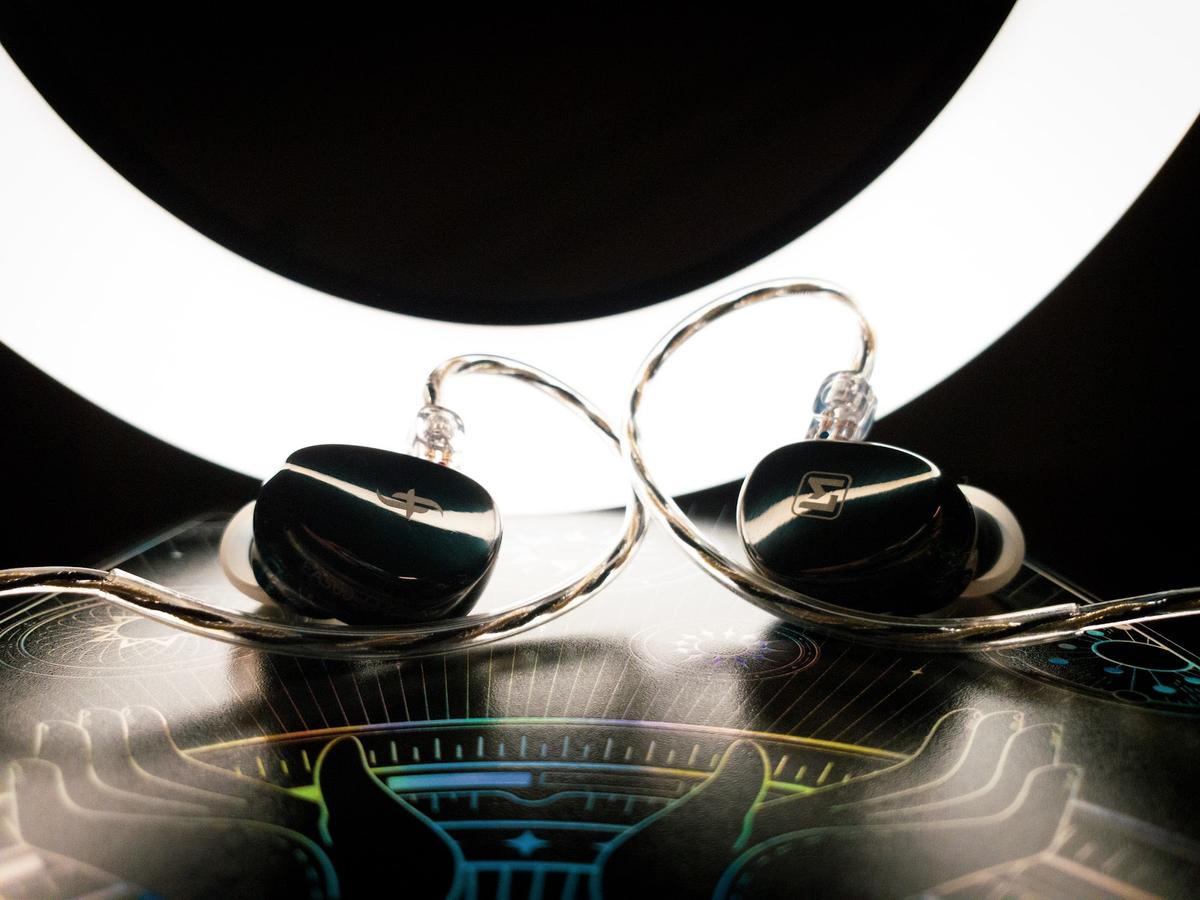The Simgot EA500LM marries dynamic driver cohesiveness and multi-driver technicalities in a way unheard of in the sub-$100 price range.
- Superb technicalities
- Three respectable tuning choices
- Great build quality
- Rich accessories
- Scales well with better audio sources
- The heavy ear shells can have awkward pressure points
- Might push you to buy better audio sources
- Stock ear tips are just okay
- Some might want a pinch of more low-end or less highs
- There are better cables
Last year, I got major FOMO by not being able to listen to any of the crowd favorites – neither the Hidizs MP145 nor the Simgot EA1000 found their way into my ears. I’ve vowed to change that this year, and the Simgot EA500LM are the first step!
For a long time, Simgot IEMs were criticized for being too bright; however, with the EA1000 and EM6L, that started to change. The EA500LM are the latest budget Simgot dynamic driver offering and may represent the most evolved tuning to date, updating the older (non-LM) EA500.
Is swapping out the previous version’s composite diaphragms for lithium-magnesium drivers enough for the ‘LM’ to prevail in the sub-USD $100 IEM melee? Read on to find out!
Unboxing and First Impression
Design and Build
You can’t determine the price of the EA500LM just by looks.
The gorgeous-looking ear shells are made from a die-cast metal alloy with a two-part construction. The finish is dark chrome and resembles a Tahitian black pearl. I find it extremely attractive- if only it weren’t such a fingerprint magnet.
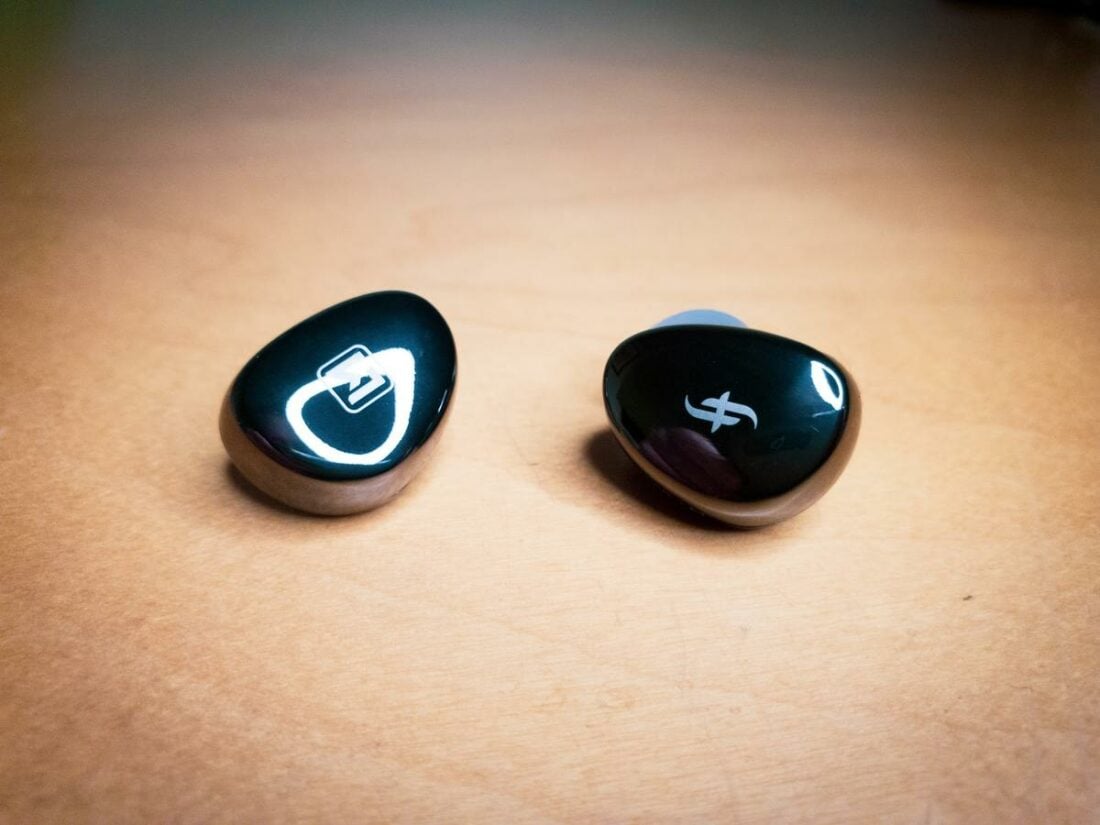
The shell has two ports on the ear side, each leading to a different acoustic chamber. Upon insertion, there is no driver flex or pressure build-up. The ports do, however, compromise the isolation a bit.
Cable
The stock cord that comes with the Simgot EA500LM is adequate. It’s a 1.2m long silver-plated OFC cable with a straight 3.5mm TRS jack. On the other end, we have regular 2-pin 0.78mm prongs with somewhat aggressive angle ear hooks.
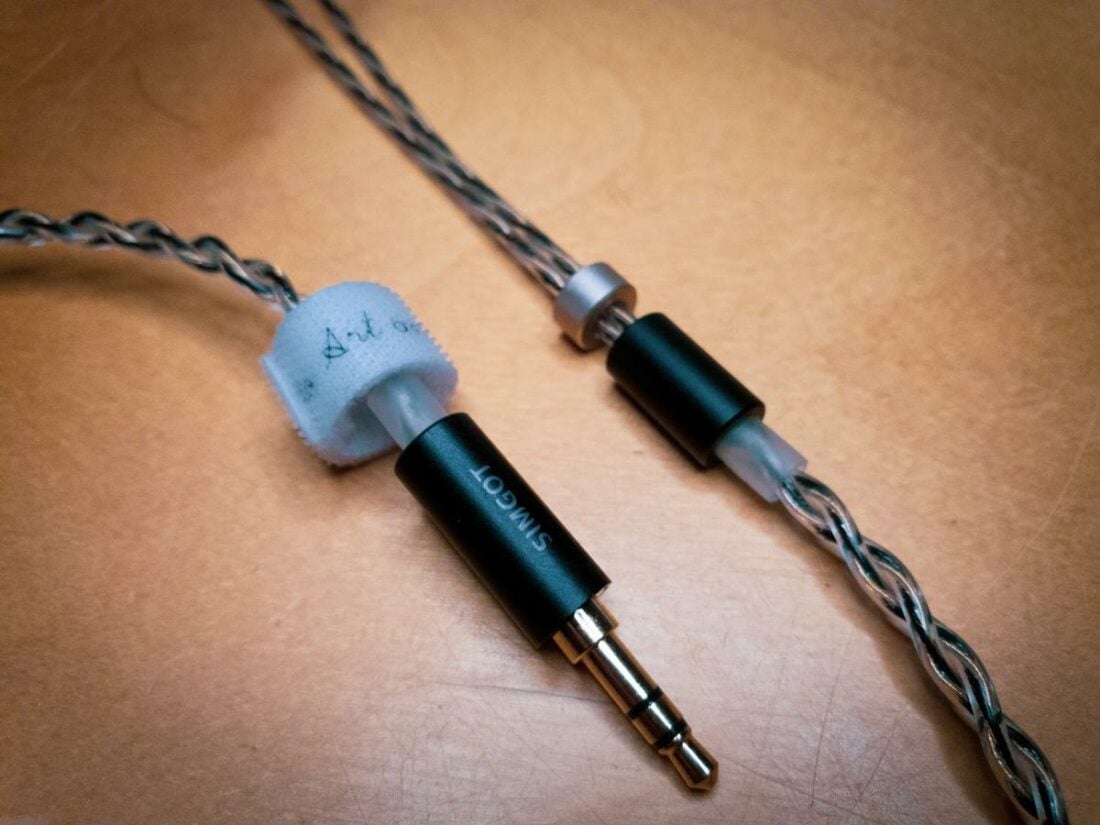
Comfort
Compared to regular 3D-printed acrylic shell IEMs, the Simgot EA500LM are noticeably heavier. They’re not uncomfortable, but I always feel that they’re there.
Not exactly full-day wearable IEMs. At least not for my ears.
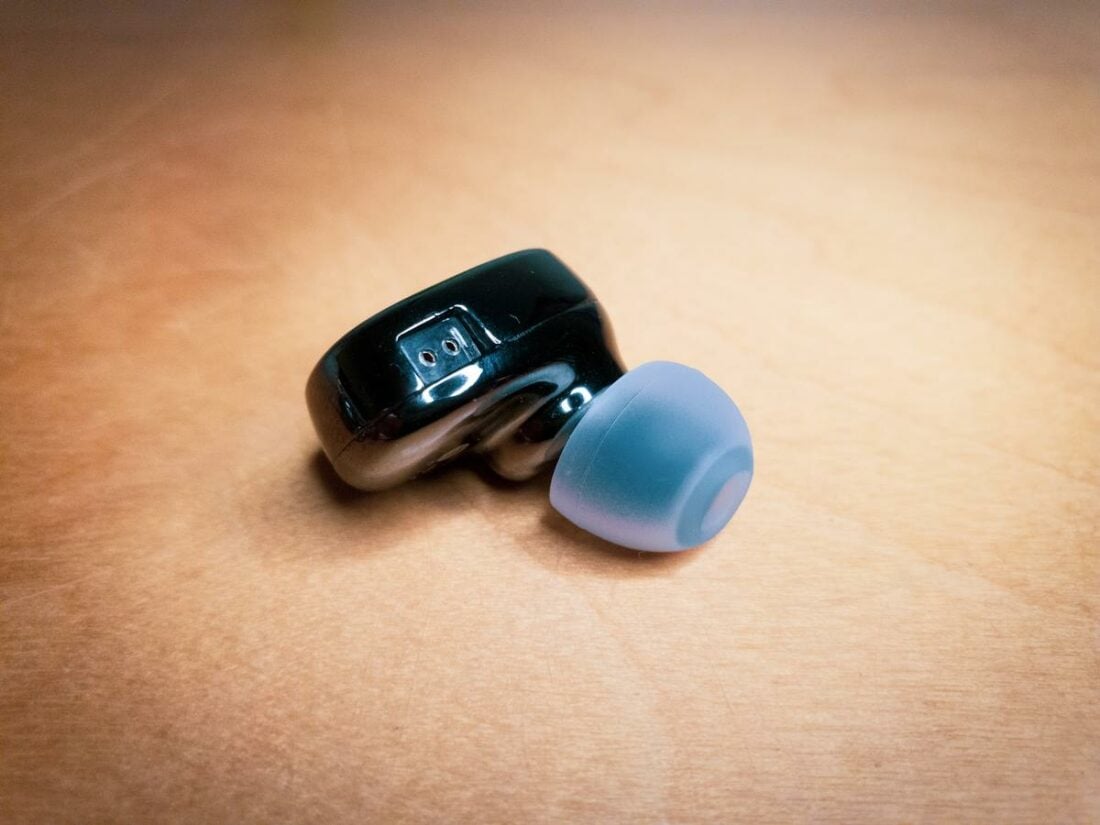
Under the Hood
It isn’t an overstatement to call Simgot the master of the dynamic driver IEMs. Sure, their first tunings were reportedly too bright, but they have an ace up their sleeve – the ability to customize the driver design in house. Other IEM manufacturers often are stuck with what’s in the OEM catalog.
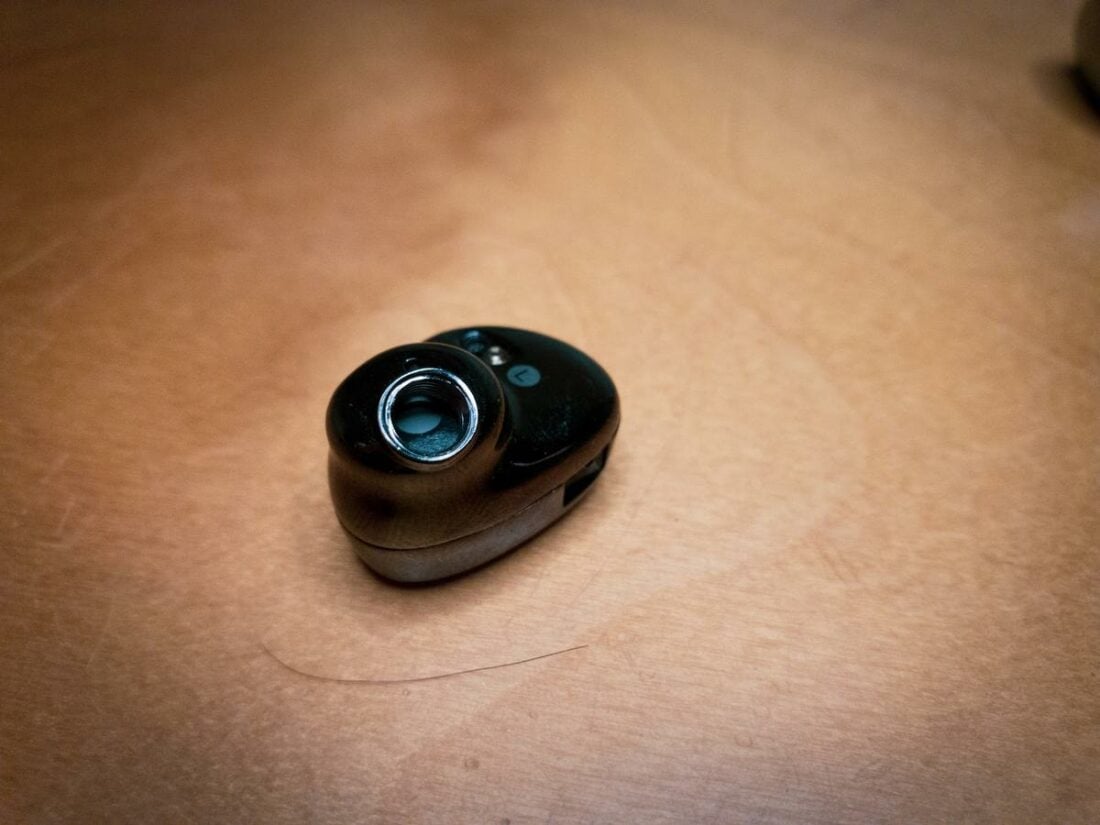
The regular Simgot EA500 came with DLC composite diaphragms, which they swapped out for lithium-magnesium alloy drivers in the LM version. The aim is to achieve pistonic diaphragm movement as far up in frequency as possible without incurring breakup peaks.
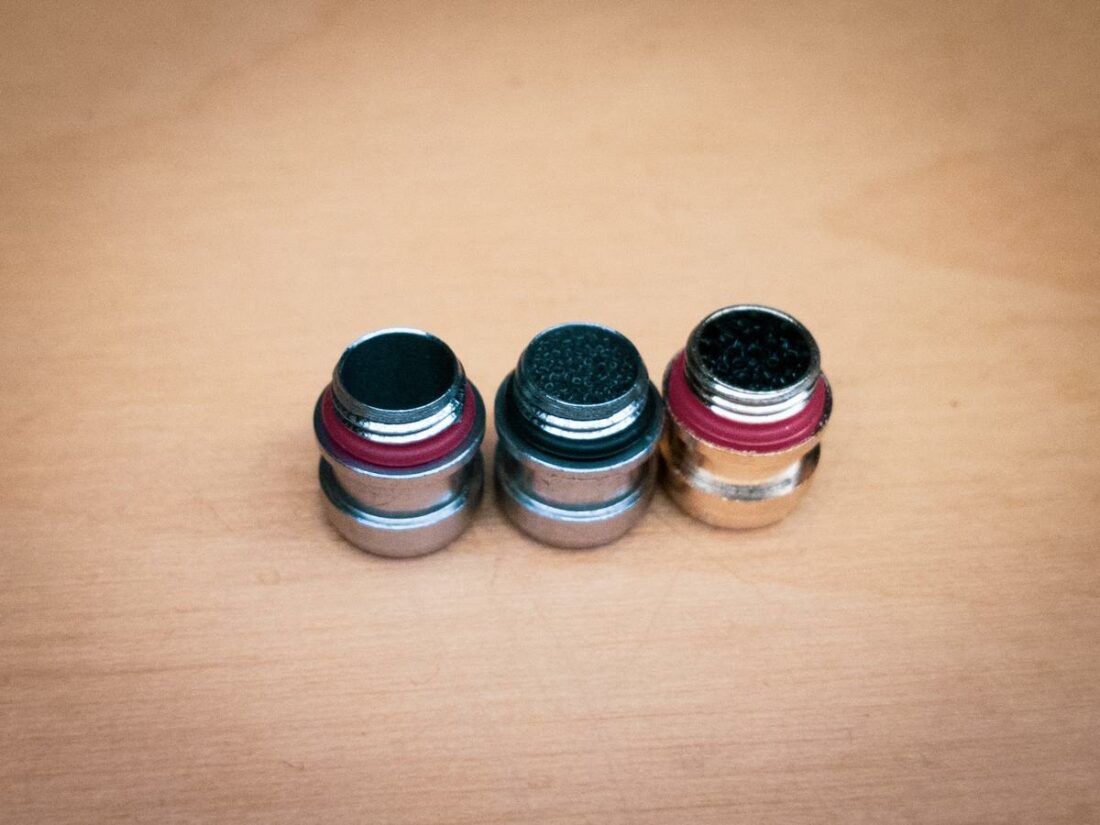
Often, more important than the actual driver is the acoustic arrangement. Just like the EA500, the EA500LM use a split chamber ear shell where the back of the driver is isolated from the front. The back and front chambers are ported to alleviate pressure from insertion and increase low-frequency capability.
How Do the Simgot EA500LM Sound?
With the Simgot EA500LM you get three pairs of tuning nozzles. Judging by the provided measurement curves, the tuning process takes into account both the Harman 2019 IEM target and Simgot’s own 2023 Golden target.
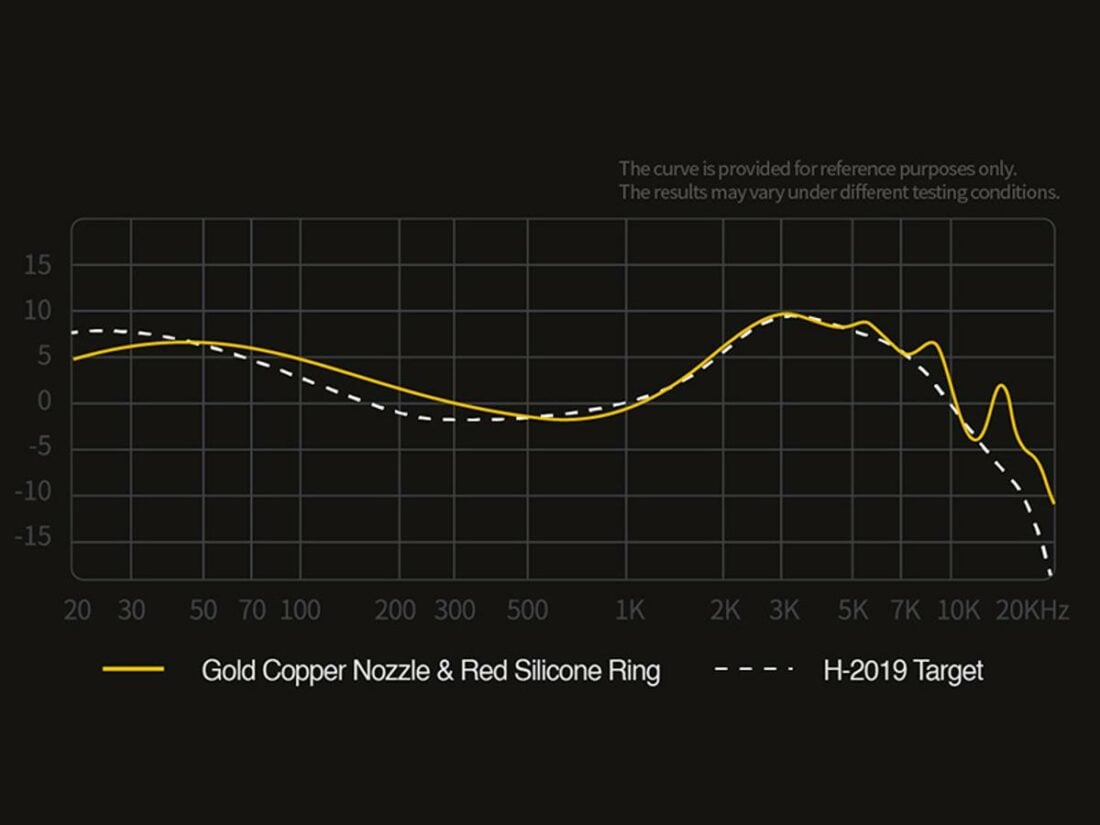
In terms of technicalities, all three tunings provide a very similar level of performance. The steel nozzle and black ring combo is brighter and thus puts more emphasis on overtones. Apparent detail gets traded for lower overall musicality. The brass nozzle is my favorite as its tonal response suits my ears best.
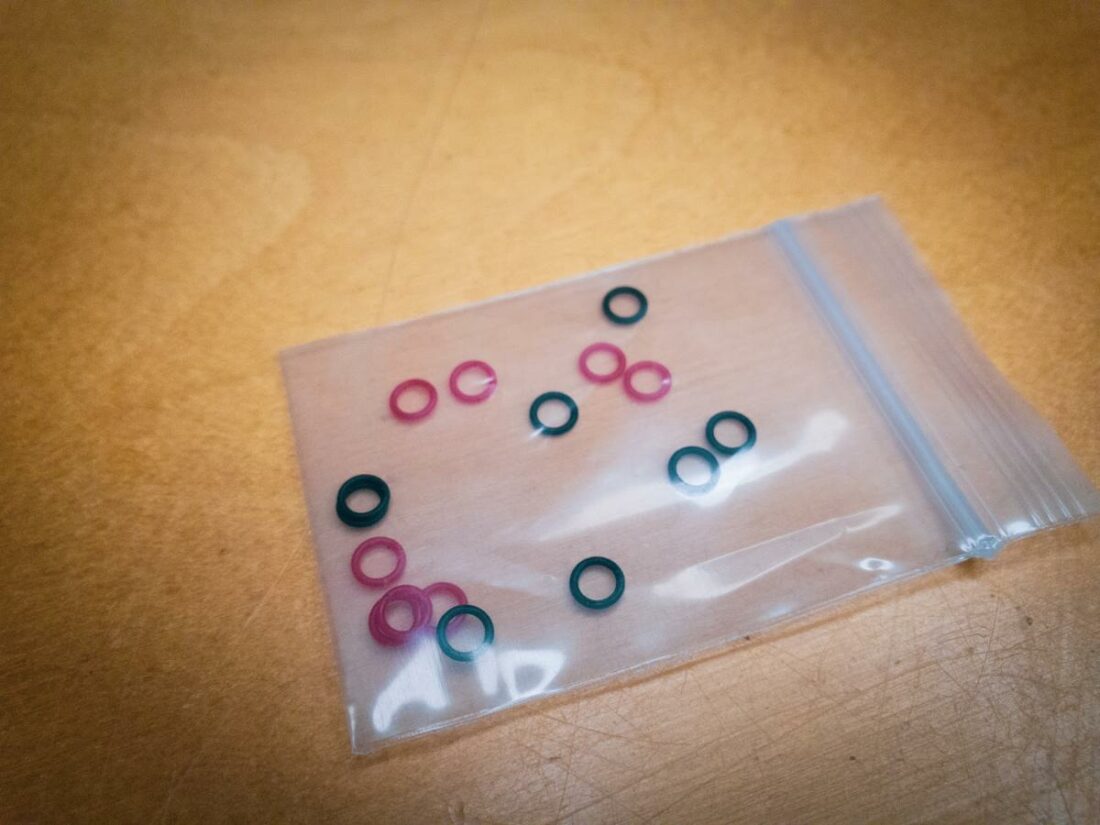
Overall, the Simgot EA500LM are a technicalities powerhouse. They offer class-leading resolution across the frequency range, above-average soundstaging, and uncanny transmission of recording ambiance. At first listen, I was truly taken aback by what Simgot is offering at this price point.
Like most single-driver IEMs, the EA500LM also presents perfect coherence between the frequency ranges.
Bass
The Simgot EA500LM employs a Harman-like tuning with extra midbass – for me, it’s exactly what the doctor ordered. The sub-bass shelf subsides in the late twenties but the tuning is very much capable of doing electronica.
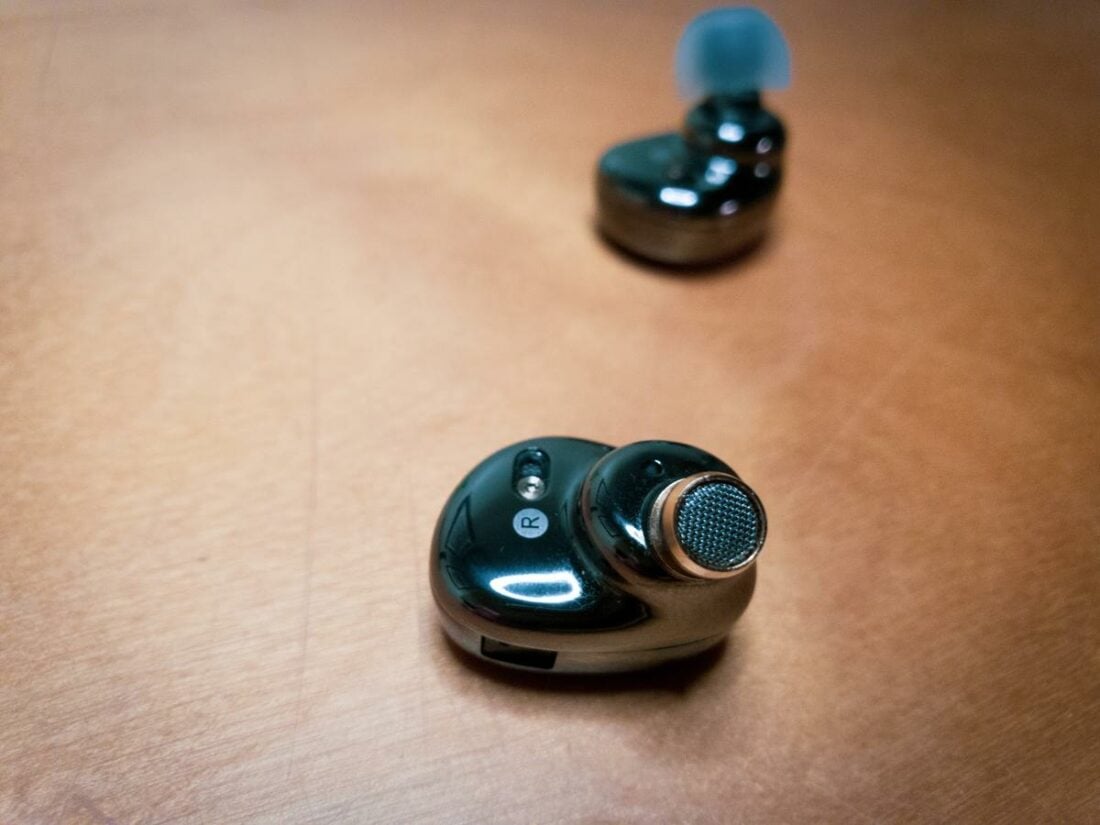
Where the EA500LM excel is the bass texture. I haven’t heard a single pair of sub-USD $100 IEMs that do as well in this regard. Different percussive instruments are easily discernable due to the sheer technical capability of the Simgot lithium-magnesium driver.
Sworn bassheads might yearn for more, but there’s not much left to want in terms of quality.
Midrange
I wouldn’t say that midrange is where the EA500LM fall short. Rather, the mids are where they depart from neutrality. Subjectively, it feels like in the low mids, around 400 – 500Hz, there’s a dip that makes male vocals sound a bit distant.
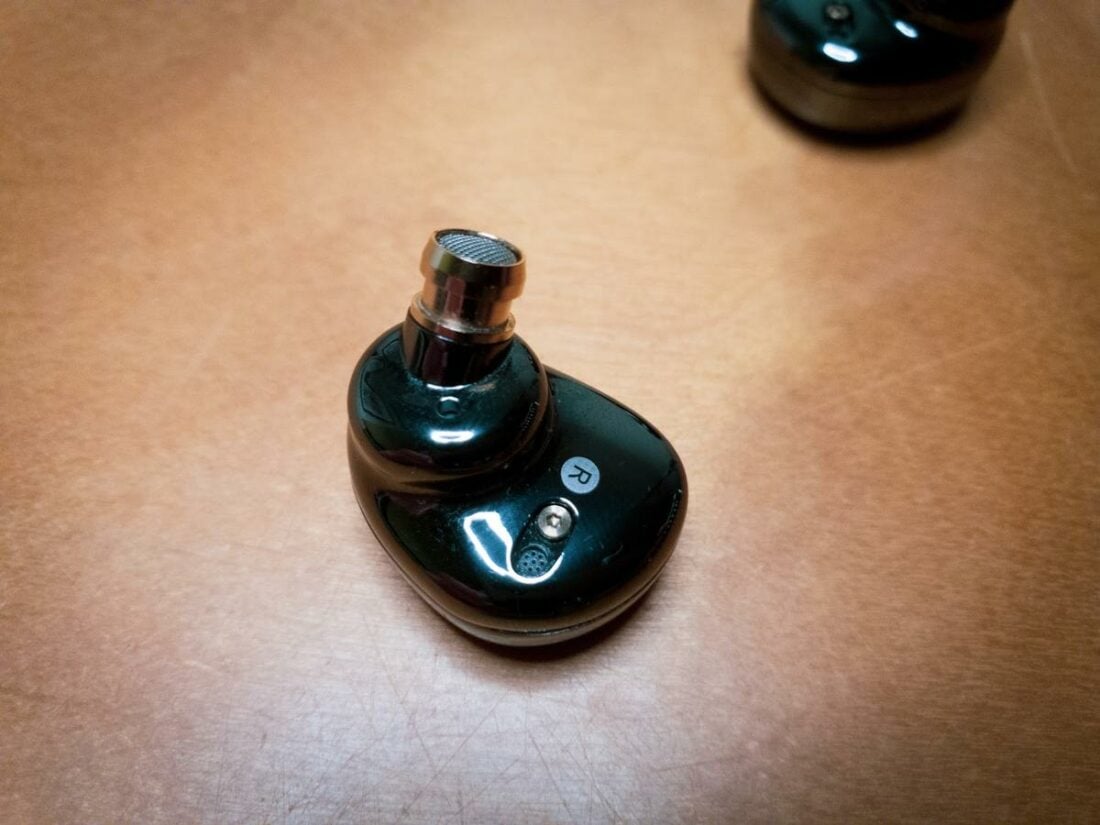
The EA500LM provide enough insight in the midrange to be pleasant with most traditional string and wind instruments. There are no odd resonances, and the low-mid dip imbues the IEMs with a unique character that works superbly with most genres.
Treble
The Simgot EA500LM’s older brother, the EA500 would often get flak for being too bright. I will say that the potential for brightness is present here as well. Both of the steel nozzles seem too bright for my ears.
The brass nozzle, luckily, takes care of most of the brightness issues.
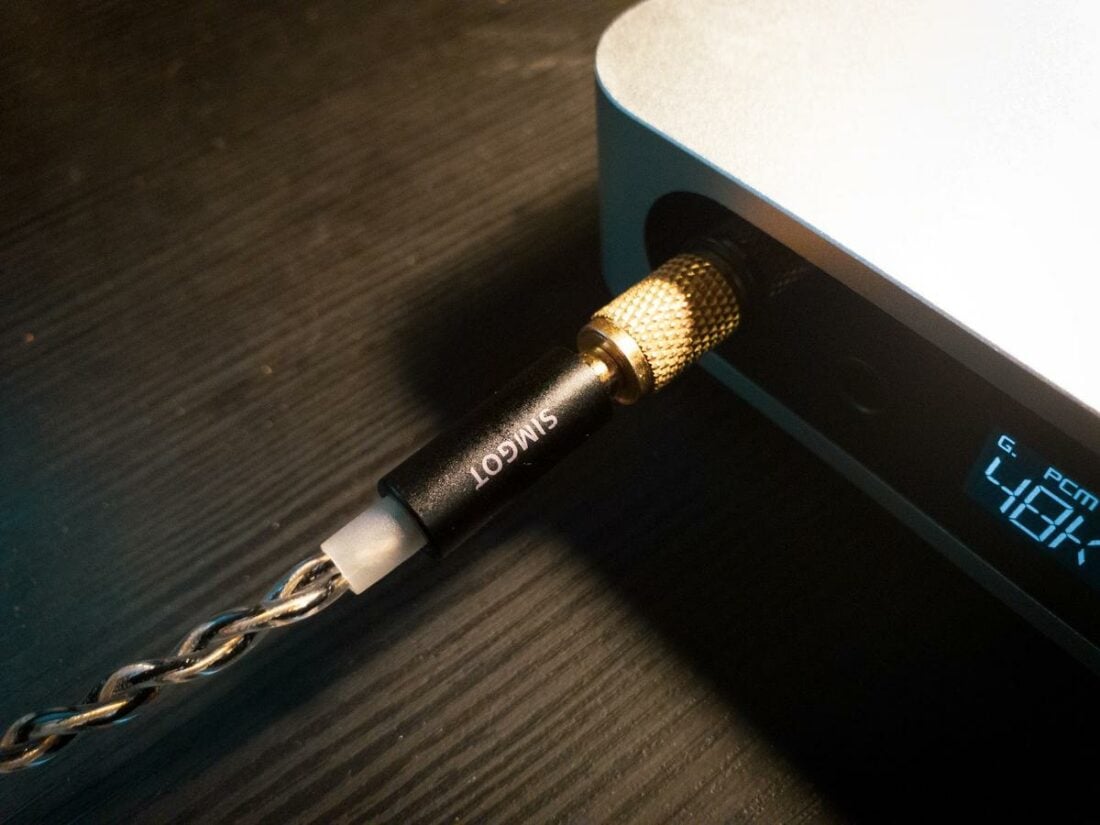
There’s still extra sizzle due to a 5kHz peak, but I never find it fatigue-inducing. The highs are generally marvelously done with enough technical prowess to transmit impressive imaging and ambiance should the recording contain sufficient info.
Comparisons
Let’s start off with an obvious competitor – the Moondrop Aria 2. I find the Aria 2 very much to my liking, with a midbass-centric tuning but lacking in the technicalities department. In many ways, the Simgot EA500LM are what I want the Aria 2 to be. They marry single-DD cohesiveness with very capable technicalities across the frequency band.
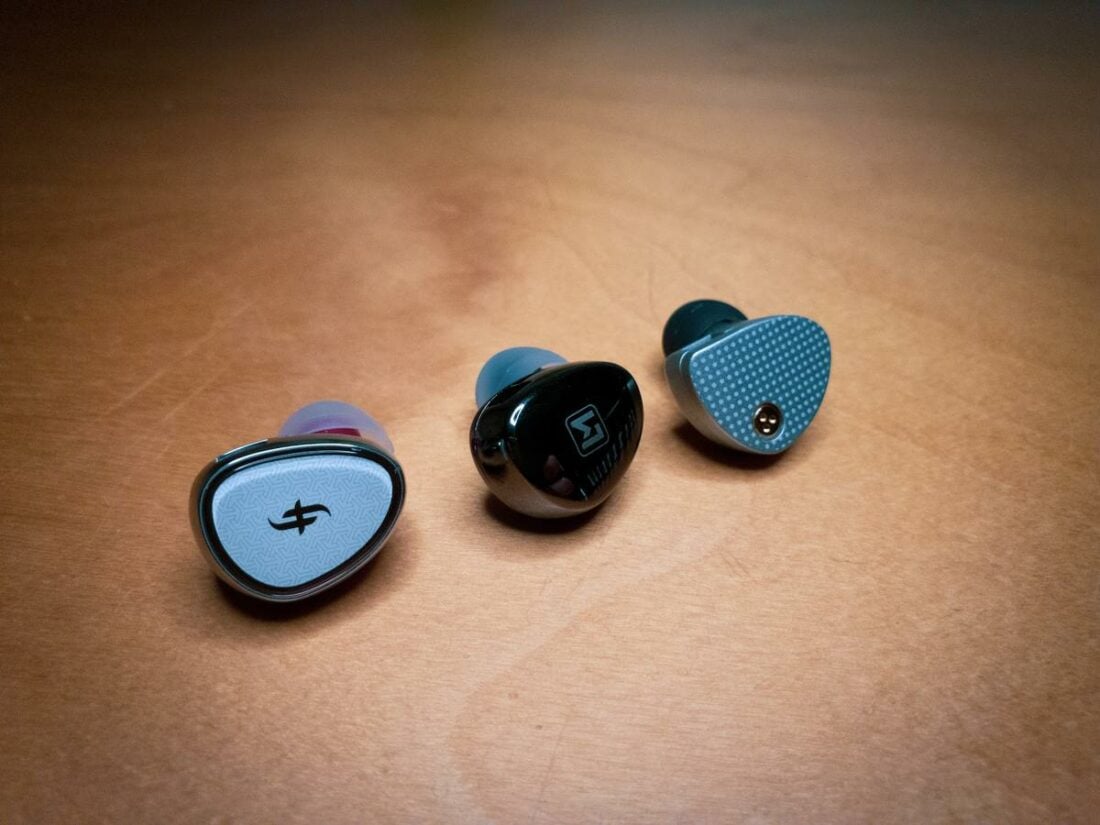
Frankly, I can’t imagine reaching for the Aria 2 if the EA500LM are available.
They maintain all that’s good about the Aria 2 and outclass them in just about every aspect. You may prefer the Aria 2 if you can’t stand the slight 5kHz peaking of the EA500LM.
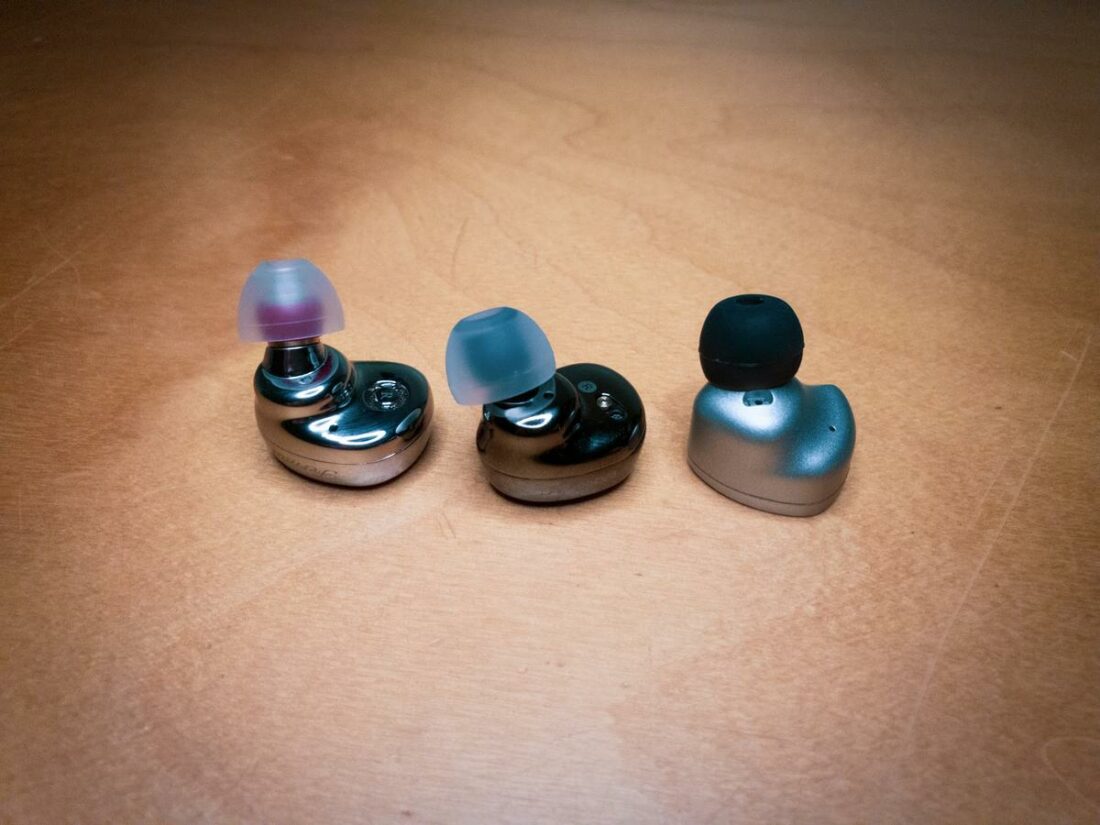
So, what about the Simgot EA1000? Tonality-wise, I can see some preferring the EA500LM because of their more expansive and laid-back presentation. As for raw technical prowess, the old man EA1000 have the youngling schooled.
There may be EA1000LM planned somewhere in the future. We can hope.
Where to Buy
Who Should Buy This?
I give the Simgot EA500LM an almost universal recommendation! Anyone but bona fide bassheads will be delighted and impressed. They’re not entirely neutral according to popular target curves, but they are oh-so-fun to listen to! And the technical performance impresses as well.
Final Thoughts
Are you in the market for a pair of sub-100$ IEMs? Maybe a gift for someone you want to bring into the hobby? I warn you to be careful. The EA500LM are seductive enough that you might end up having to buy two pairs.
With the EA500LM, Simgot has shown that it’s the undisputed master of the single dynamic driver. Gone is the propensity for brightness – unless you use the steel tuning nozzles. Or maybe take a walk on the wild side and try them out?
In any case, the brass nozzles turned out to be the Goldilocks of the bunch for me and transformed the EA500LM.
Even more experienced IEM fans will find the Simgot EA500LM a compelling choice as they scale well with better audio sources. At the same time, they’re sensitive enough that even a humble dongle is enough to provide hours of unalloyed sonic bliss!
What’s in the Box?
- Simgot EA500LM IEMs
- 1.2m cable
- 3 pairs of silicone tips
- 3 pairs of tuning nozzles
- 8 pairs of tuning seals
- Carrying hard case
- Manual
Technical Specifications
- Form: IEM
- Driver: 1 x lithium-magnesium diaphragm dynamic driver
- Shell/Cup Material: metal alloy
- Impedance (Ohm): 21 Ohm
- Sensitivity (dB/mW): 107 dB/mW
- Frequency Response (Hz): 20 Hz – 20 kHz
- Removable Cable: Y
- Cable Type: 1.2m silver-plated OFC, paracord braided
- Cup/Shell Jack: 0.78mm 2-pin
- Source Jack: 3.5mm TRS
- Weight (g): 11(per IEM including ear tip)
